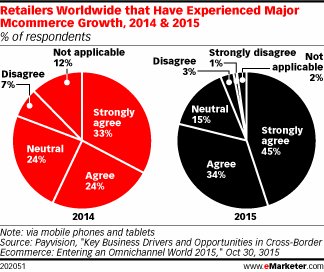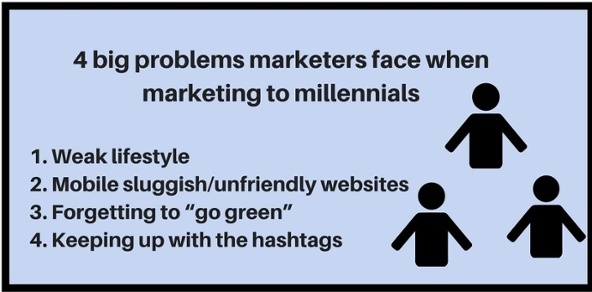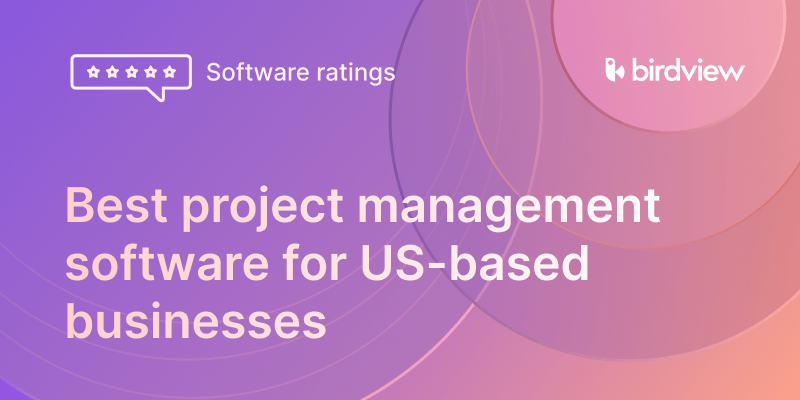Millennials, the generation between Generation X and Generation Z (the kids and adults roughly born 1982-2000) have been a tough nut to crack for many marketing professionals.
Every demographic presents its own unique challenges to marketers. Some are easier to understand, adapt to, and predict than others, but there has been something about Millennials that has been tricky to pin down or put your finger on. Generation Me (or Generation Hashtag, Generation Y) is the first generation of digital natives, and as such has buying habits unique from the previous several generations.
Whether you like it or not, Millennials are more than just a substantial block of your target market, accounting for approximately 50% of the population. Like any generation, they have a common thread that binds them (admittedly, us) all, and it‘s not just having a Facebook or Instagram account anymore.
Some Millennials love labeling themselves as such, and some of them loathe the term. Either way, the generation born with a smartphone in their palm has specific traits when it comes to purchasing decisions that many marketers neglect, and thus fail at. Millennials are a marketing force to be reckoned with because they are not just an enormous amount of the market, but they also wield purchasing power within their families.
Today we are going to go over the four big problems that marketers face when trying to woo the Hashtag Generation, and tips on how to overcome them.
1. Weak lifestyle branding
Millennials love their brand choices, with 38-50% of Millennials reporting that the brands they choose reflect their lifestyle and identity. The huge problem for marketers here, seeking to penetrate the Millennial market, is that they cannot simply advertise the quality and value of the product they market.
While lifestyle marketing is nothing new, it is overwhelmingly more vital now more than ever.
The quality of a product is indeed a fundamental aspect of maintaining a business’s longevity. However, it’s also crucial to acknowledge how a product resonates with the identity of the buyer. Overlooking this facet could potentially devalue the importance of product quality.
Conducting thorough research and gaining a nuanced understanding of Millennials’ lifestyle and identity choices are essential in developing efficient strategies for your brand. Insights from branding experts can be particularly beneficial here. These professionals have the expertise to build meaningful relationships with your customers and foster greater brand loyalty. They also possess a deep understanding of personalized content creation and are well-versed in using tools that remove the robotic tone, thereby amplifying your brand‘s relevance and appeal to this demographic.
2. Mobile sluggish/unfriendly websites
Millennials have access to more information at their fingertips than any previous generation, and use their mobile devices 14% more than Generation X (geez, imagine what Generation Z is going to be like). Millennials also have the attention span of a fruit fly and are constantly bombarded with advertisements. Whether it is sponsored posts on Facebook, or Google Ads for SaaS banner on their favorite blogs, Millennials live in a 24/7 world of rapid-fire advertising on their mobile devices. Many now rely on tools like ad blocker for iphone to combat this constant barrage of ads. From modest local shops to vast international enterprises, social media advertising has become common for all of them. Regardless of your proficiency in social media ads content creation, accessible design tools and ad resources, like Meta Ad Library, can simplify the process. The key is to find your template that resonates with your millennial audience.
The generation has become accustomed to the internet on the go, and fast mobile web page load times. As such, the marketers of yesteryear who don‘t pick up the pace, and match the speed at which Millennials are browsing, easily become forgotten in a sea of savvier competitors. The problem here for many marketers is that mobile devices (smartphone/tablet) are now used over 30% of the time by Millennials who conduct research and make purchases.

(source: emarketer.com)
As seen above, m-commerce is only growing year after year. For marketers that don‘t focus on mobile website compatibility as much as (if not more than) desktop design and load time, they are missing out on the tremendous opportunity to reach the Millennial market, of which over 60% use mobile devices for their primary means of accessing the internet.
3. Forgetting to “go green”
If you are marketing a product today that is not “green”, you are missing out on a tremendous Millennial market.
The vast majority of Millennials are environmentally conscious, with almost 60% reporting last year that they value how environmentally friendly a company is when choosing to make a purchasing decision.
The thing is, that some companies are going to have an easier time than others advertising how “green” their product or service is, while others might struggle. Socially responsible companies often find success with millennials by aligning their brands with sustainable practices and ethical values. The “green” factor is vital for Millennials, as most are willing to pay more money for a product that is sustainable, organic, humane, etc.
The case study of American Apparel is the proof in the pudding – while the company charges more than equitable products from competitors, the fact that the company manufactures sweatshop-free merchandise and is committed to social issues has made its products wildly popular amongst the Millennial crowd. Even faced with financial turbulence several years ago, the company easily recovered and is still a staple brand for Millennials.
Here‘s a tip: if it is too challenging, or outright cost prohibitive, to make a product or service “green” in and of itself, your company should try to at least attempt donating X percent of your profits to a sustainable initiative. Also, since we mentioned the attention span challenge of the new generation, marketers should find new, trendy causes to support that reflect what Millennials care about the most. A simple method for monitoring trending issues or causes is to check Twitter and other social media hashtags. This brings us to 4 big problems marketers face when marketing to millennials...

4. Keeping up with the hashtags
Millennials engage with brands through social media more than any other method, and hashtags, amongst Millennials, have just as much brand value as a URL. For most social media marketers and top advertising agencies, coming up with a funny, relevant, and engaging brand hashtag is a must, but hashtags need to play well with others.
This means that branded hashtags need to be grouped with other hashtags of the moment, as Generation Y is quick to move on and pay attention to only the most culturally relevant hashtags. Also, keep in mind that brand doesn‘t simply mean #YourCompanyName.
For example, Urban Outfitters has used their clever #UOOnYou to great social media success, because Generation Selfie ravenously loves to show how they interact with the brands that represent their identity. They want to take pictures and post them on Instagram and Facebook that show how proud they are of their purchasing decisions.
Know thine Millennial
Marketers who have cut their teeth on traditional marketing methods certainly have their work cut out for them. Demonstrating the ingenuity of a product is no longer enough to successfully sway the new generation to make a purchase. Millennials need marketing that speaks to them, that helps them grow their own brand image as an individual.



